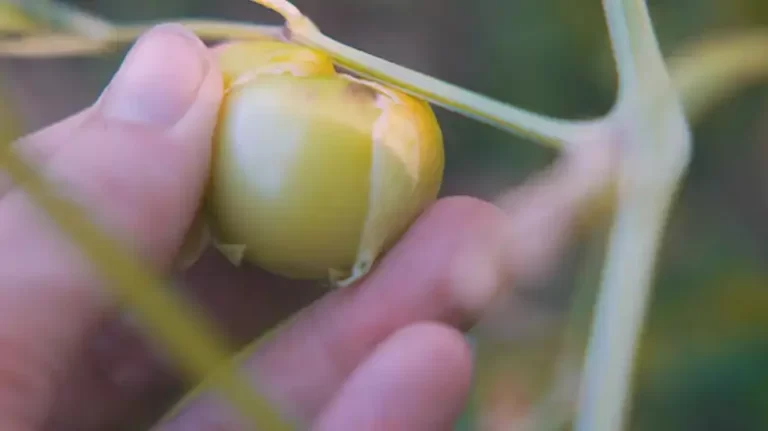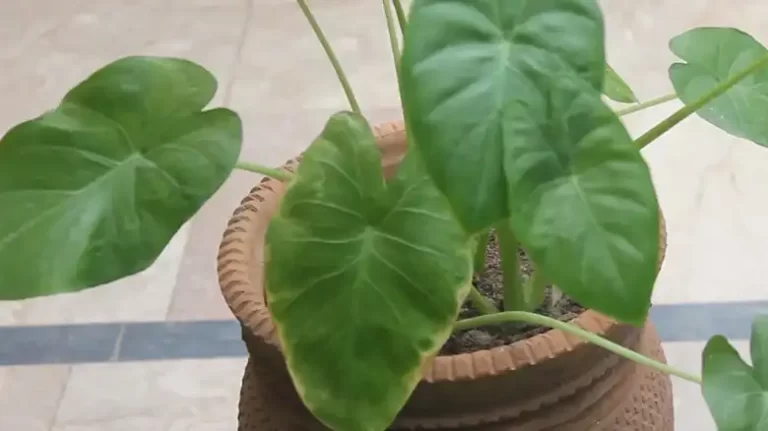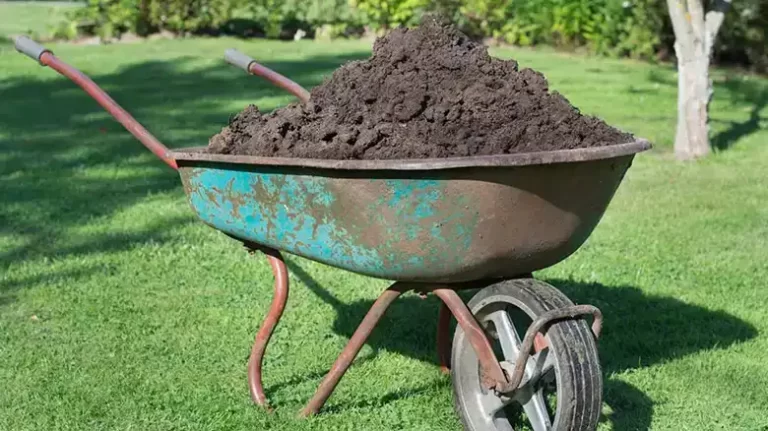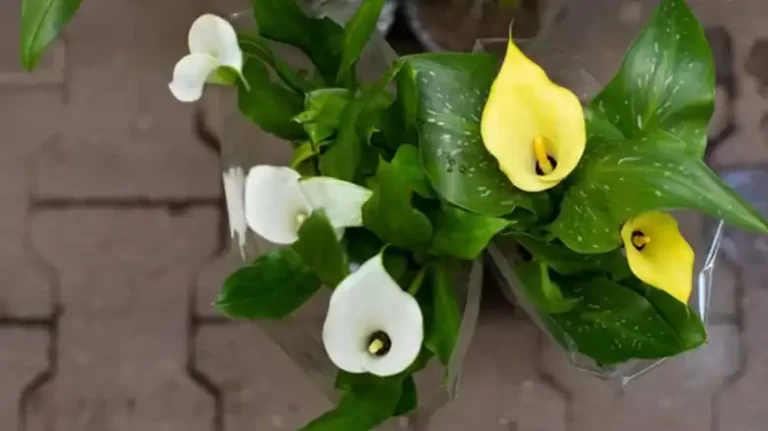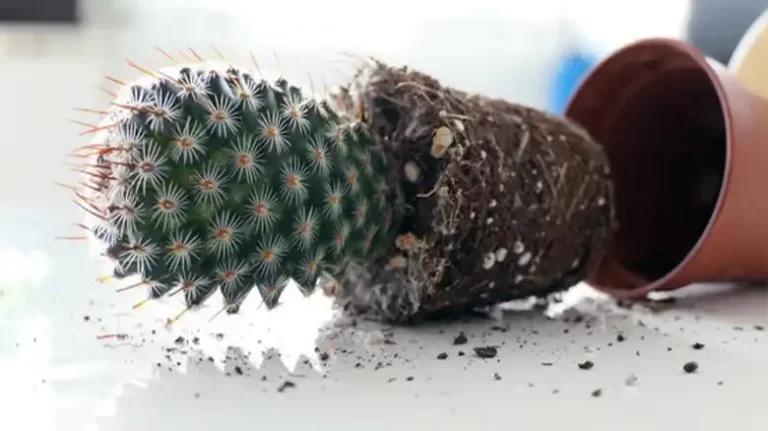How to Check Strawberries for Bugs
In the world of fruits, strawberries stand out as one of the most beloved and versatile options. Their sweet, juicy flavor makes them a delightful addition to various dishes, from salads to desserts. However, before you take that blissful bite into a plump strawberry, there’s a hidden concern you should be aware of – bugs.
Yes, those tiny intruders can sometimes find their way onto your strawberries, making it essential to learn how to check and rid them of these unwanted guests. In this comprehensive guide, we’ll explore the various methods and techniques for ensuring your strawberries are bug-free and safe to savor.
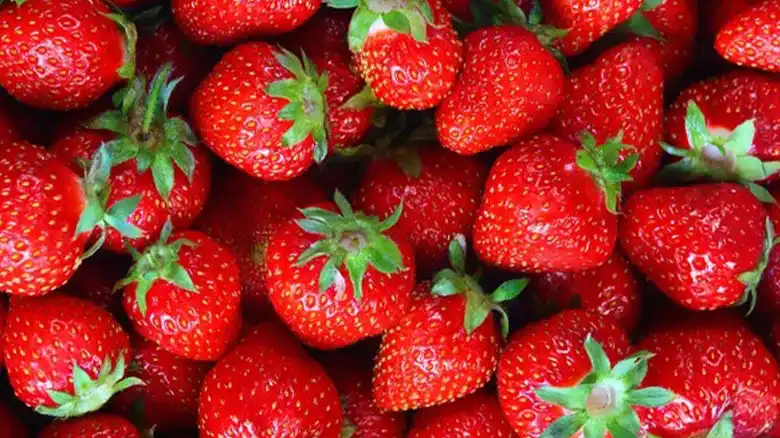
The Common Culprits
When it comes to enjoying a bowl of juicy strawberries, there’s an unexpected challenge that can sneak up on you – bugs. In this section, we’ll introduce you to the usual suspects that might be secretly feasting on your strawberries.
Get ready to meet the culprits responsible for those unwanted critters on your favorite fruit:
Aphids: Tiny but Troublesome
Aphids are among the most common pests that can infest your strawberry plants. These tiny insects, often less than 1/8 inch long, are usually green or black but can come in various colors. They have soft bodies and piercing-sucking mouthparts that they use to extract sap from the leaves, stems, and fruits of strawberry plants.
Identification: Identifying aphids can be challenging due to their small size. Look closely at the undersides of strawberry leaves for clusters of tiny, soft-bodied insects. Aphids can be green, brown, black, or even pinkish in color, depending on the species.
Damage: Aphids can cause significant harm to your strawberry plants by siphoning off their vital juices. This feeding weakens the plants and can lead to distorted leaves, stunted growth, and reduced fruit quality. Aphids also excrete a sticky substance called honeydew, which can attract ants and encourage the growth of sooty mold.
Prevention and Control: To protect your strawberries from aphids, consider introducing natural predators like ladybugs or lacewings to your garden. Alternatively, you can use insecticidal soap or neem oil as a more eco-friendly control method.
Thrips: The Elusive Strawberry Eaters
Thrips are another tiny menace that can plague your strawberry plants. These insects are usually less than 1/16 inch long and come in various colors, including brown, yellow, and black. Thrips have rasping-sucking mouthparts that they use to feed on strawberry leaves, flowers, and fruits.
Identification: Thrips can be tricky to spot due to their size and rapid movements. Look for tiny, elongated insects on the leaves and flowers of your strawberry plants. They may also leave behind silvery streaks or scars on the fruit.
Damage: Thrips can cause extensive damage to strawberries by feeding on the plant tissues. Their feeding can result in deformed or scarred fruit, and they may even transmit plant diseases in the process.
Prevention and Control: Encourage natural predators like predatory mites and minute pirate bugs to help control thrips in your garden. If an infestation occurs, you can use insecticidal soap or neem oil to reduce their numbers.
Mites: The Web-Spinning Nuisance
Strawberry mites, including the two-spotted spider mite and the strawberry spider mite, are known for their web-spinning abilities. These tiny arachnids are usually reddish or greenish in color and are barely visible without magnification.
Identification: To detect strawberry mites, look for fine, silk-like webs on the surface of your strawberries, leaves, and flowers. The mites themselves are extremely small, often less than 1/50 inch long.
Damage: Strawberry mites feed on plant tissues by piercing cells and sucking out the contents. This feeding can lead to distorted leaves, stunted growth, and reduced fruit quality. The presence of webs on your strawberries can also make them unappetizing.
Prevention and Control: To prevent strawberry mites, practice good garden hygiene by removing any infested plants promptly. Additionally, you can use a strong blast of water to dislodge mites and their webs from your strawberry plants.
Visual Inspection of Strawberries
When you embark on the journey of checking your strawberries for bugs, the first and most critical step is conducting a visual inspection. This process allows you to thoroughly examine your strawberries to detect any signs of bugs or other contaminants. By mastering the art of visual inspection, you can ensure that the strawberries you consume are not only delicious but also free from unwanted intruders.
The Initial Assessment
Begin your bug-checking process with an initial assessment of the strawberries. This initial examination involves scrutinizing the external appearance of the fruit for visible clues that may indicate the presence of bugs.
Color and Ripeness
The color of strawberries can provide valuable information about their ripeness and potential bug infestation. Here’s what to consider:
Ripe vs. Overripe: Familiarize yourself with the difference in color between ripe and overripe strawberries. Ripe strawberries typically have a vibrant, deep red color, while overripe ones might appear darker and may even have soft spots.
Discoloration: Look for any unusual discoloration on the strawberries’ surface. Spots that deviate from the typical red hue may be a sign of bug damage.
Texture and Uniformity
The texture and uniformity of strawberries can reveal essential insights during your visual inspection:
Smooth vs. Irregular: Run your fingers over the strawberries’ surface to check for any irregularities. Ripe strawberries should feel smooth and uniform. If you notice bumps or inconsistencies, it’s worth investigating further.
Uniform Sizing: Examine the strawberries for consistent sizing. Bugs may target smaller or misshapen strawberries, so variations in size can be an indicator of potential infestation.
The Telltale Signs
Beyond the initial assessment, you should be on the lookout for subtle hints and telltale signs that could signal the presence of bugs on your strawberries.
Tiny Specks and Speckling
Bugs often leave behind tiny specks or speckling on the surface of strawberries. These specks can be an early warning sign of infestation. Here’s what to know:
Speck Characteristics: These tiny specks can vary in color and may appear as small dark spots, white dots, or even discolored areas on the strawberry’s surface.
Spread and Concentration: Pay attention to the spread and concentration of these specks. If you notice an unusual density of speckling on a strawberry, it’s a red flag that further inspection is warranted.
Web-Like Formations
Certain pests, such as mites, are notorious for spinning fine webs on the surface of strawberries. These webs may not always be immediately visible, but they can be a clear sign of infestation. Here’s what you should look for:
Fine Webbing: Carefully inspect the strawberries under good lighting conditions. Look for fine, thread-like webbing on the fruit’s surface. This webbing can sometimes be challenging to spot, but it’s a telltale sign of certain pests.
Presence of Bugs: If you detect web-like formations, check for the presence of bugs within the webs. Some pests may be hiding within these structures, and their removal is crucial.
The Rinse and Soak Method
When it comes to ensuring your strawberries are bug-free and safe to devour, the “Rinse and Soak Method” emerges as a highly effective technique. This meticulous approach involves a series of steps that not only eliminate bugs but also enhance the overall cleanliness and freshness of your strawberries.
The Rinse and Soak Method is a systematic approach to thoroughly clean and inspect strawberries, ensuring they are free from bugs and other contaminants. This method is highly effective and is often preferred by those who want to enjoy bug-free strawberries without resorting to chemical treatments.
Here’s how it works:
1. Rinsing under Cold Water:
Initial Inspection: Start by placing your strawberries in a fine-mesh strainer. Before you begin, visually examine the strawberries for any obvious signs of bugs or dirt.
Cold Water Rinse: With the strawberries in the strainer, turn on the cold, running water. Gently rinse the strawberries under the water stream, ensuring that every berry is thoroughly wet. Use your fingers to gently rub the surface of each strawberry. This helps dislodge any loose dirt, debris, or small bugs.
Surface Cleaning: Pay close attention to the surface of the strawberries. Look for tiny specks, speckling, or any irregularities that may indicate the presence of bugs. As you rinse, you’ll notice that dirt and small particles are washed away, leaving you with cleaner strawberries.
2. Soaking in Saltwater:
Preparing the Solution: Fill a clean bowl with cold water and add a teaspoon of salt. Stir the mixture until the salt is completely dissolved. This saltwater solution serves a dual purpose: it helps to further cleanse the strawberries and encourages any remaining bugs to detach from the fruit’s surface.
Submerging the Strawberries: Carefully place the rinsed strawberries into the bowl of saltwater. Ensure that all the berries are fully submerged in the solution. Let them soak for about 5 minutes. During this time, the saltwater works by altering the osmotic balance for any remaining bugs, causing them to detach.
Draining and Inspection: After the soaking period is complete, use the strainer to drain the strawberries. As you lift them out of the bowl, you may notice that some bugs that were still clinging to the fruit have been dislodged.
Closer Examination: Take a closer look at each strawberry after draining. Any bugs that were not removed during the rinsing and soaking stages should now be visible. You can manually remove them if necessary.
Prevention Tips
Storing your strawberries correctly is a crucial step in preventing bug infestations. Here’s what you need to know:
Refrigeration: Consider storing your strawberries in the refrigerator. Cooler temperatures discourage bugs from making themselves at home on your fruit.
Airtight Containers: Seal your strawberries in airtight containers. This creates a barrier that pests can’t easily breach, helping to keep your fruit safe.
Harvesting your strawberries promptly is essential for minimizing bug infestations. Here’s why it matters:
Ripe Fruit: Learn to recognize the signs of ripe strawberries. Ripe fruit is more attractive to bugs, so the sooner you pick them, the less time pests have to find their way to your strawberries.
Timely Picking: Make it a habit to pick ripe strawberries as soon as they’re ready. This not only reduces the chances of bug infestations but also ensures you enjoy the best flavor and quality.
Companion planting involves strategically placing bug-repelling herbs and flowers around your strawberry patch. Here’s how it works:
Natural Deterrents: Certain plants, like marigolds and basil, emit scents that repel bugs. Planting these alongside your strawberries can create a natural barrier, making it less likely for pests to invade.
Biodiversity: Companion planting also promotes biodiversity, which can help maintain a balanced ecosystem in your garden. This can further deter pests from taking over.
Integrated Pest Management (IPM) is a holistic approach to pest control that prioritizes environmentally friendly methods. Here’s what you need to know:
Chemical-Free Solutions: IPM focuses on using non-chemical solutions to control pests. This minimizes the use of harmful chemicals that can leave residues on your strawberries.
Monitoring and Prevention: IPM involves regular monitoring of your garden for signs of pests. By identifying issues early, you can take preventive measures before infestations become severe.
Maintaining a clean garden environment is essential for preventing bug infestations. Here’s why it matters:
Remove Debris: Regularly clear your garden of fallen leaves, plant debris, and overripe fruit. These can attract bugs and provide hiding places.
Weed Control: Keep your garden weed-free, as weeds can also harbor pests that may migrate to your strawberries.
If you notice bug-infested strawberry plants, it’s crucial to take action promptly. Here’s what you should do:
Identification: Learn how to identify plants that are infested with bugs. Look for signs like discolored leaves or visible pests.
Isolation or Removal: Isolate or remove infested plants from your garden. This prevents bugs from spreading to healthy strawberries.
Remaining vigilant and observant in your garden is key to preventing bug infestations. Here’s how to stay on top of things:
Regular Inspection: Periodically inspect your strawberry plants for signs of bug activity. Look for unusual discoloration, specks, or webs.
Timely Action: If you spot any issues, take action promptly. Whether it’s manual removal of pests or implementing preventive measures, acting quickly can make a significant difference.
Common Questions
Are Bugs on Strawberries Harmful if Consumed?
Bugs that are commonly found on strawberries, such as aphids, thrips, and mites, are generally not harmful if consumed. These insects are tiny and pose minimal health risks when ingested. However, they can be aesthetically unappealing and may cause discomfort if accidentally consumed.
Can I Use Pesticides to Prevent Bugs on My Strawberry Plants?
Yes, pesticides are a viable option for preventing bugs on your strawberry plants, but their use should be approached with caution. It’s essential to choose pesticides that are safe for edible crops and follow the recommended application instructions meticulously.
How Can I Keep Bugs Away From My Strawberry Plants Naturally?
To naturally keep bugs away from your strawberry plants, adopt eco-friendly strategies such as companion planting with bug-repelling herbs and flowers like marigolds and basil, which emit scents that deter pests.
Implement integrated pest management (IPM) practices, including regular monitoring for signs of pests, the use of natural predators like ladybugs, and the application of neem oil or insecticidal soap as needed.
Final Note
In the pursuit of enjoying delicious, bug-free strawberries, it’s essential to be vigilant and proactive. By understanding the common culprits, conducting visual inspections, and employing effective cleaning methods like the rinse and soak technique, you can ensure that your strawberries are free from unwanted guests.
Additionally, following prevention tips and practicing good strawberry plant care can go a long way in keeping bugs at bay. So, the next time you savor a juicy strawberry, you can do so with confidence, knowing that it’s as pristine as it is delicious. Happy strawberry hunting!
